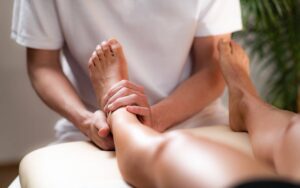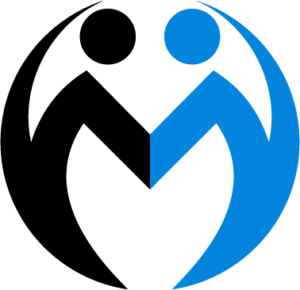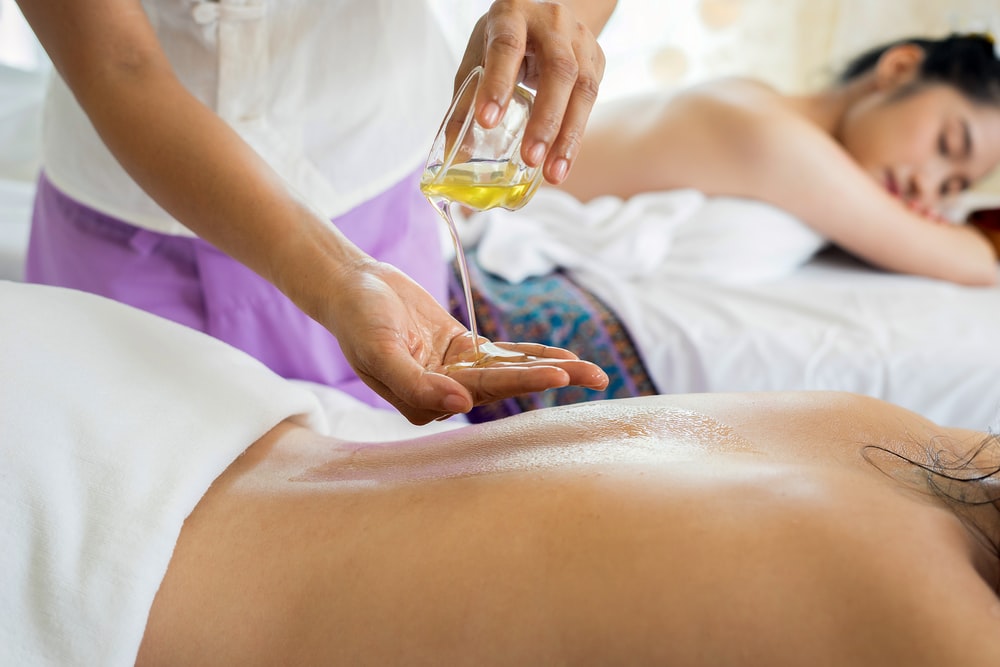Muscle Release therapy occurs when tendons or muscles tear or stretch. Falls, sudden blows, overuse, and other injuries can all cause muscle strain. A strain is painful and inconvenient no matter what causes it. Whether you strained your neck parallel parking or pulled a groin muscle playing hockey, knowing how to treat the pain and swelling can help you recover faster and feel better. Medela Rehab offers the best muscle release therapy in Abbotsford.

Here are six options for dealing with muscle strain:
1. Cold therapy
When you strain a muscle, even if it’s only slightly, the tissue fibers are damaged. This can result in immediate pain, muscle tissue inflammation, and swelling in the affected area. Applying cold to the injury as soon as possible after it occurs can help to alleviate these symptoms. Continue to apply cold for 20-30 minutes at a time several times a day. You can use the following methods:
- Ice or gel packs
- Cold-water baths
- Cold therapy systems
An ice pack is usually the most readily available solution immediately following an injury. Using a cold therapy system for the duration of your recovery, on the other hand, may aid your recovery because it delivers a constant, uniform cold to help treat both pain and inflammation.
2. Compression
Applying pressure to the affected area is another way to help treat a pulled muscle. Compression aids in the reduction of swelling and inflammation, which can exacerbate pain and delay healing. Static compression with an elastic bandage can help prevent further swelling by applying consistent pressure. Active compression with a pumping action may provide additional benefits by assisting your body in removing excess fluid from the injured area and increasing the flow of freshly oxygenated blood, both of which are necessary for tissue repair and healing.
3. Massage
Therapeutic massage helps heal damaged tissues by loosening tight muscles and increasing blood flow. Applying pressure to the injured muscle tissue also aids in the removal of excess fluid and waste products from the cells. Massage given soon after an injury, according to a 2012 study, can help strained muscles heal faster. Wait a week and consult your doctor if the area is too sensitive for massage. Then, to relieve pain and improve range of motion, begin massaging the injury and surrounding muscles.
4. Heat therapy
After the swelling has subsided, heat therapy may help relieve pain. You can use the following to apply therapeutic heat:
- Hot pads with electricity
- Hot tubs or warm baths
- hot towels
- Bottles of hot water
Heat also promotes healing by increasing blood flow. To relieve the pain and swelling caused by a muscle strain, alternate hot and cold therapy.
5. Physical therapy
It’s a good idea to stay active while recovering from a muscle strain to keep surrounding muscles from weakening. Physical therapy can aid muscle strength and healing while also lowering the risk of re-injury. 9 Stretching exercises taught by a physical therapist can help you maintain flexibility and range of motion. In some cases, strengthening exercises to strengthen supporting muscles may be recommended to help reduce the risk of another muscle strain.
6. Pain medication
Muscle strains can be excruciatingly painful, and if you injure a major muscle group, it may limit your ability to carry out daily tasks. Over-the-counter medications such as aspirin or NSAIDs can help relieve pain while also reducing swelling. Your doctor may prescribe a short course of stronger pain medication for more severe muscle strains. As always, consult your doctor before beginning any treatment.
Even if pain medication helps, avoid doing anything that could reinjure a muscle. Even if they are no longer in pain, an athlete with a sprained ankle may need to stay away from their sport for a few weeks.
The majority of muscle strains can be treated at home using a combination of the methods listed above. It’s always a good idea to seek medical attention from a professional if the pain doesn’t go away after a few days or if you’re concerned about a more serious injury. When speaking with your doctor, inquire about obtaining a prescription for Game Ready, an active compression and cold therapy system that may aid in your recovery.

